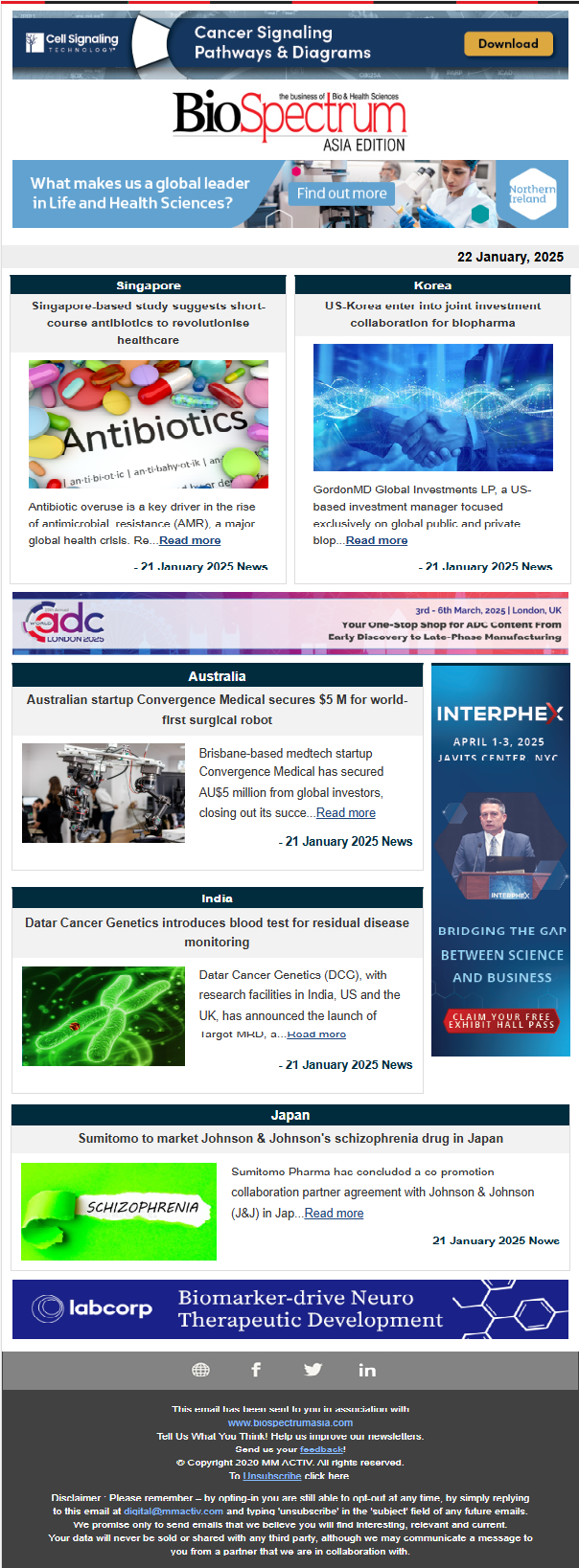
What are TacnIQ AI’s current and future milestones – in terms of product development, launches, partnerships, and global expansion?
Over the past year, we’ve moved quickly, from concept to pilot to production. Backy is already live with partners like DHL, where it’s helping reduce posture-related strain and injury risk by over 65 per cent. We're also working with hospitals to test applications in clinical and eldercare environments. In parallel, we’ve partnered with the British Standards Institution (BSI) to contribute to emerging digital safety standards.
Looking ahead, we’re focused on scaling and evolving the technology. The next version of Backy will feature smarter AI agents that can not only detect unsafe posture but also automatically generate safety guidance and reduce manual reporting.
Geographically, we’re expanding beyond Southeast Asia to Europe and North America, especially in logistics, aged care, and manufacturing. We’re also working to integrate Backy with insurers and enterprise EHS (Environmental Health and Safety) software so that it becomes a core part of workplace wellness and safety ecosystems, not just a standalone device.
Are you planning to raise more funds this year or next? Please share details.
Yes, we’re currently preparing for a new fundraising round later this year. The capital will support us in scaling commercial deployments, expanding R&D, and accelerating market entry in North America and Europe. We’ve had interest from investors who understand industrial automation, AI, and health tech. What we’re really looking for are long-term partners, those who understand our vision of combining agentic AI with human-centric safety design and who are committed to building value over time.
Workplace injuries often go unnoticed until they become chronic. They rarely make news headlines, but the impact is real, on workers, on families, and on the bottom line. TacnIQ is focused on changing that. By making risk visible before it causes harm, the company is turning safety into a continuous, measurable process rather than an occasional audit. Whether it’s a warehouse, hospital, or aged care facility, Backy is giving workers the ability to improve how they move, on their own terms, in real time.
What challenges have you faced in gaining market traction or regulatory approvals, and how are you addressing them?
One of the more consistent challenges has been the perception that wearables are used for surveillance. But our mission is quite the opposite, we aim to empower employees by giving them tools to protect themselves from injury. We’ve had to invest time in educating safety and operations leaders, many of whom are used to reactive, checklist-based systems. Once we demonstrate how Backy works, and how it helps reduce strain and build safer habits, adoption becomes easier. On the regulatory front, Singapore has been a great launchpad, thanks to its structured safety frameworks. As we expand, we’re aligning with General Data Protection Regulation (GDPR), Health Insurance Portability and Accountability Act (HIPAA), and regional Personal Data Protection Act (PDPA) guidelines. Because Backy is a non-medical and non-invasive device, it can be deployed with minimal friction, yet still has the flexibility to support clinical use cases when needed.
Can you tell us more about the core technology behind your AI-powered wearables? How does it monitor and mitigate workplace health risks?
Backy is powered by what we call Physical AI, a real-time system that senses, processes, and responds to body movement. The device itself is worn on the lower back and houses motion and pressure sensors in a soft, lightweight form factor. These sensors track 3D posture and detect risky actions like improper lifting or repetitive twisting. Based on internal customer testing, we’ve achieved more than 80 per cent usability satisfaction, largely due to its comfort and unobtrusive design. The AI model, trained on real-world movement data, identifies unsafe motions and sends haptic feedback, like a soft nudge, to prompt correction. Over time, this helps users build safer movement habits, almost like having a personalised physiotherapist with them throughout the day.
How does TacnIQ AI ensure the accuracy, real-time analysis, and data privacy of the health metrics it collects?
We take all three areas- accuracy, latency, and privacy, very seriously. In terms of accuracy, we’ve validated our AI through lab-based trials and field testing across diverse settings, achieving over 94 per cent posture recognition accuracy, even during complex tasks. Privacy is equally important. We don’t collect audio, video, GPS, or biometric data. The only data collected is motion-related, and everything is processed locally on the device. Any data shared with employers is fully anonymised. Our platform is compliant with GDPR and Singapore’s PDPA, with encryption protocols built in from the ground up.
How is the current scenario of the occupational health market in the APAC region? How do you plan to strengthen your presence in the market?
The APAC region is undergoing a transition. You’ve got an ageing workforce, rising injury-related compensation costs, and a growing awareness that traditional safety audits and incident reporting aren’t enough. While many companies are still operating reactively, the shift toward real-time, preventive safety tools is gaining momentum. We’re seeing growing demand across Singapore and Australia, from both private sector firms and government-linked institutions. We’re also exploring partnerships with insurance providers, who see value in using Backy to reduce claims and understand risk better. Over time, we believe devices like Backy will become a standard part of onboarding, just like safety training videos or PPE, only smarter and more data-driven.
Vrushti Kothari
(vrushti.kothari@mmactiv.com)




